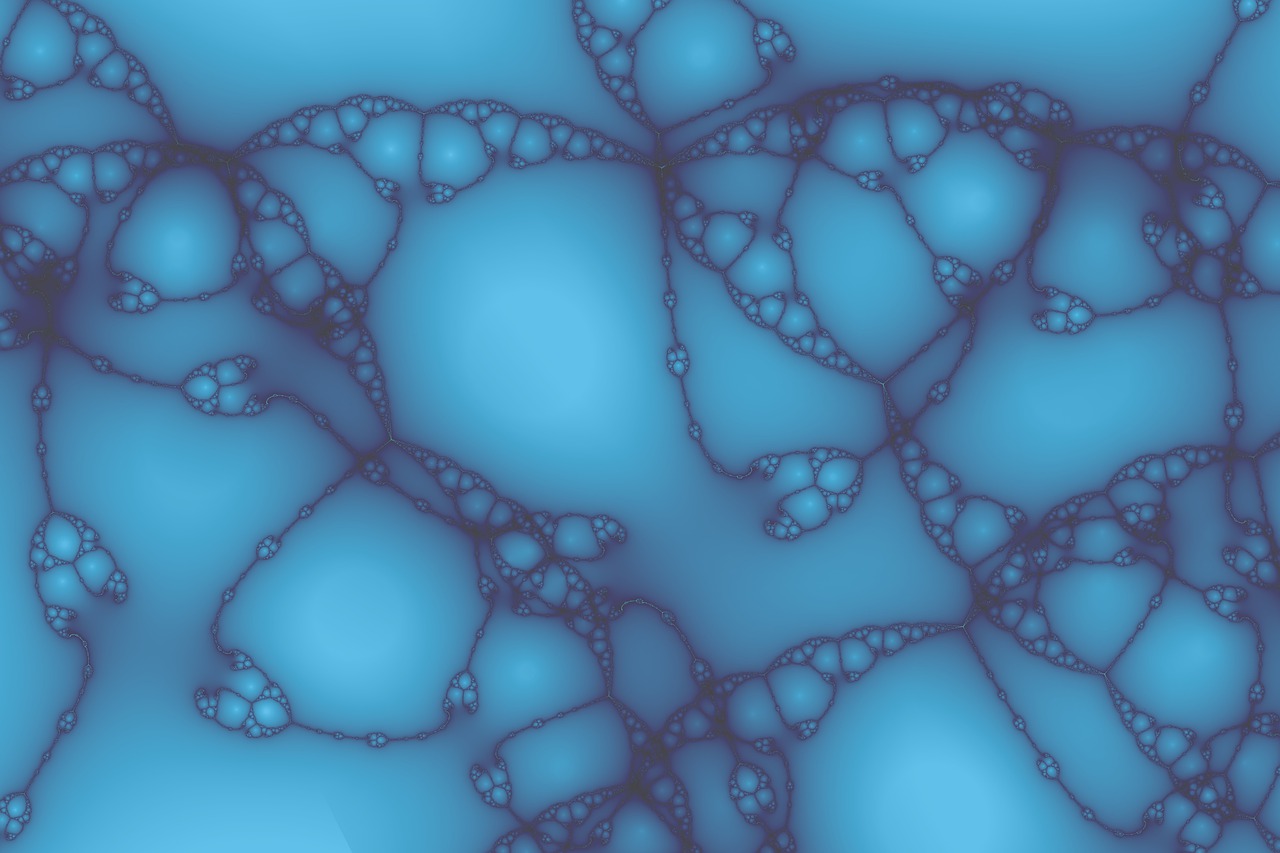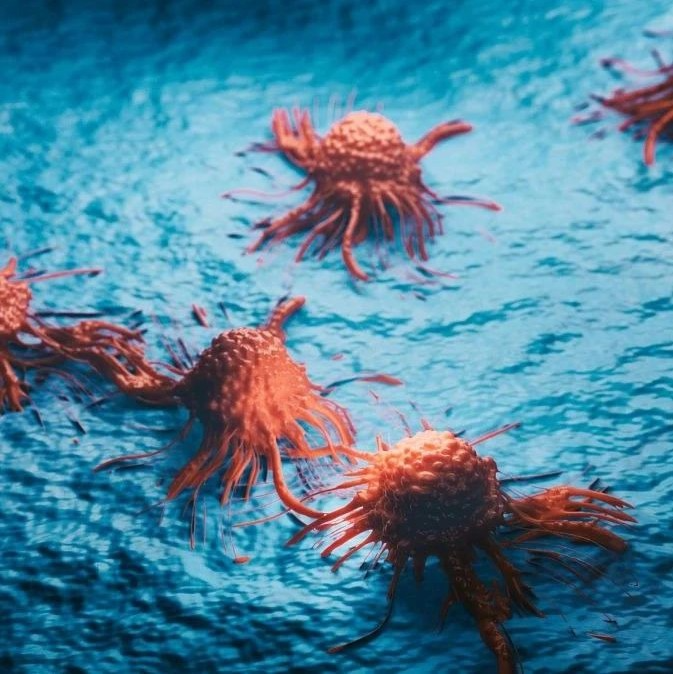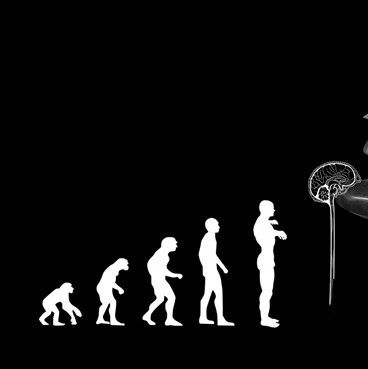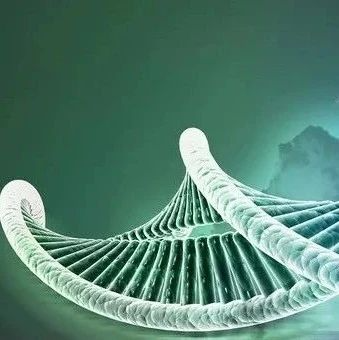美国洛克菲勒大学和密歇根大学医学院的一项研究表明,基因组中某些DNA片段――增强子(genome enhancers)能够调控机体产生抵抗病菌的抗体,以防止许多病毒和细菌的入侵。这项研究发表在本月的Journal of Experimental Medicine杂志上,该研究或许可以解决一个困扰科学家几十年的问题――DNA增强子在免疫系统中如何发挥作用。
增强子是一类小片段的DNA,能够远距离调控基因的表达。由于增强子是远距离调控,因此科学家一般很难对其研究。但是免疫增强子(immunoglobulin enhancers)是一个特例,因为它一般在靠近染色体末端的位置。
密西根大学医学院的Wesley Dunnick教授并不直接在增强子上进行修改,而是建立了一种新方法――将增强子及其邻近的抗体基因整体转移到一种人工细菌染色体(artificial bacterial chromosome)上,这样即可随意对增强子进行删减或突变,随后他将这种修饰后的人工染色体重新插入并整合到老鼠基因组中,并研究这些修饰后的增强子对产生抗体的影响。
为了应答无数的外界抗原的入侵,免疫系统必须产生相应的各类抗体,但由于细胞中DNA的数量是有限的,因此,产生抗体的B细胞需要通过体细胞突变(somatic hypermutation)或类别转换重组(class switch recombination)等过程转变或重组抗体基因。
在该研究中研究人员发现,携带着含有抗体基因的人工染色体的老鼠的表现与一般老鼠相似:都可通过转变或重组抗体基因产生针对特定抗原的高特异性抗体,但特别的一点是,该过程需要增强子的参与,如果缺失增强子,细胞虽能转录和翻译抗体基因,但无法重新转变或重组抗体基因。
这项研究表明,抗体基因的增强子对免疫系统发挥功能至关重要,增强子发生突变将会是个体易受到病原体的感染。(生物谷Bioon.com)
生物谷推荐原始出处:
The Journal of Experimental Medicine, Vol. 206, No. 12, 2613-2623 doi:10.1084/jem.20091280
Switch recombination and somatic hypermutation are controlled by the heavy chain 3' enhancer region
Wesley A. Dunnick1, John T. Collins1, Jian Shi1, Gerwin Westfield1, Clinton Fontaine1, Paul Hakimpour2, and F. Nina Papavasiliou2
1 Department of Microbiology and Immunology, University of Michigan Medical School, Ann Arbor, MI 48103
2 Laboratory of Lymphocyte Biology, The Rockefeller University, New York, NY 10021
Both class switch recombination (CSR) and somatic hypermutation (SHM) require transcription and the trans-acting factor activation-induced cytidine deaminase (AID), and must be up-regulated during antigen-dependent differentiation of B lymphocytes. To test the role of the heavy chain 3' enhancers in both CSR and SHM, we used a BAC transgene of the entire heavy chain constant region locus. Using Cre-loxP recombination to delete a 28-kb region that contains the four known 3' heavy chain enhancers, we isolated lines of BAC transgenic mice with an intact heavy chain locus and paired lines in the same chromosomal insertion site lacking the 3' enhancers. Intact heavy chain transgenes undergo CSR to all heavy chain genes and mutate their transgenic VDJ exon. In paired transgenes lacking the 3' enhancer region, CSR to most heavy chain genes is reduced to 1% of the levels for intact heavy chain loci; SHM is also reduced. Finally, we find that in B cells with a transgene lacking the 3' enhancers, interchromosomal recombination between the transgenic VDJ exon and the endogenous heavy chain C genes is more easily detected than CSR within the transgene.







